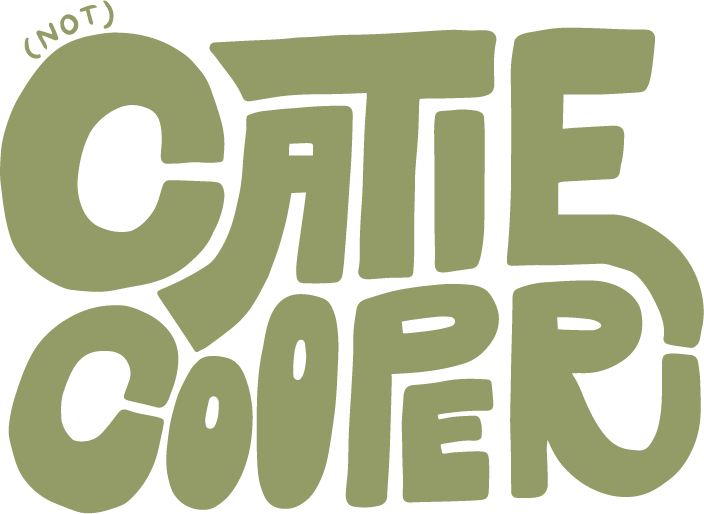Taxonomic Feminists | Process Break Down
Rationale
“Taxonomic Feminists” is a look at ten different figures that played important roles in the first three waves of feminism. The title and aesthetics of the poster are inspired by punk aesthetic. The design of the piece was driven by my relationship to feminism and is reflected in everything from the layout, to the colours, to the aesthetic choices.
For my imagery, I decided against illustration to the likeness of these figures, and chose to use real images of them instead. By using real images of the ten figures, I provide viewers with the most accurate visual information of the figures discussed. I chose accurate representation because it is integral in helping people embrace diversity and have a better basis of understanding for people who are unlike themselves. I chose to make each image high contrast, black and white to create cohesion between each image, and to allow for easier contextualization of each element on a very busy page. In addition to the images, each wave of feminism has a specific background design that sits behind each figure to help with easier categorization of feminist by which wave she contributed most heavily to; these also help the portraits of the feminists pop out from the yellow background colour.
I drew heavily from punk aesthetics, as punk is well known for its rejection of mainstream ideals, political lyrics, and DIY workflow. Punk relates heavily to feminism in these regards: feminism is all about challenging long-accepted societal norms, being proactive, paying attention to and being critical of politics. I wanted the feel of this poster to draw from posters advertising punk shows, most of which have a collaged feel, DIY design and production, and rather chaotic impression. To reinforce the punk theme, I chose the title of the poster, Taxonomic Feminists, to feel like a punk band name. In addition, I added in supporting hand-drawn elements, like the background imagery and titles, to support the punk/collage/DIY aesthetic. These elements successfully support the style I was aiming to achieve, as well as help create a natural flow for the eye to follow.
I ended up landing on a golden yellow background because of its historical association with feminism. The use of gold in the feminist movement began in 1867 with Elizabeth Cady Stanton and Susan B. Anthony in Kansas; they chose gold because Kansas’ state symbol was the sunflower, and it signified enlightenment — a goal of feminism at the time. This expanded out into gold pins, ribbons, sashes, roses, and in 1916 an event known as “The Golden Lane.” The Golden Lane was a line of women staged at a Democratic convention, all dressed in gold to give feminists a presence. I felt that was a significant colour to the cause, and knew including it as the background colour of this piece was important to tying it closely to the feminist movement.
Concept 1
Concept one referenced photo collage-style artists and Dada, to an extent. I looked to artists like Hannah Hoch and John Baldessari for inspiration. This direction felt appropriate because of its craft-like approach, and craft is frequently looked at as a “woman’s” medium. I was hoping to reclaim craft by creating a bold poster that incorporates strong feminists using craft and collage techniques. This is the direction I ultimately pursued. From here, it evolved and morphed from emphasizing the ideology that craft as a woman’s medium, and toward a punk-inspired poster. Though the poster kept some of the “feminine” flair from early iterations, it took a grittier turn.
Concept 2
Concept two looked to constructivism as a movement for inspiration. To tie it in with the idea of feminism, I related it to Rosie the Riveter, the concept of art being used for social practice, and the “call to action” inspired by constructivism’s role in World War II propaganda posters.
Concept 3
Concept three was a simpler, more illustrative-focused option where each figure was represented through a simple, stylized illustration. For the layout, I wanted it to appear as a storybook flowchart, with each wave of feminism flowing into the next. I ultimately didn’t choose this route because I felt it may become too complex for the scope of the project.
